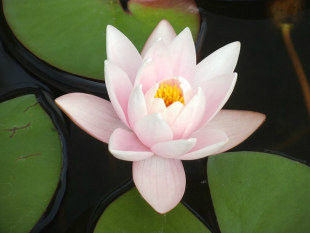The Basic Practice
Peace is built on the foundations of other spiritual practices: connections, compassion, justice, unity. It is a goal of all spiritual people. Peace is an inner state of well-being and calm. It is also an outer project of promoting nonviolence, conflict resolution, and cooperation in the world. The root of the Hebrew word for peace, "shalom," means "whole" and points to this twofold meaning: peace within oneself and peace between people.
Practice peace by refusing to participate in violence either directly or indirectly. Try to stay composed no matter how agitated the people around you become. Meet conflict with equanimity. Disarm yourself — lower your guard — as a first step in disarming the world.
Why This Practice May Be For You
The inner mirrors the outer. Those conditions that upset the equilibrium of the world — anger, aggression, discord — upset our inner peace as well. You need to deal with them on both levels. Encounters with violence — a contrast to peace — invariably demonstrate the importance of this practice.
Feeling worried, upset, or "crazed" can also get you started doing peace. These states often signify that your emotions have gotten the best of you, and a practice to restore your equanimity is needed. Being even-tempered creates a feeling of serenity. And whereas being agitated can drain your energy, inner calm increases your stamina so that you can sustain your efforts to make the world a more peaceful place. This time the inner supports the outer.
Daily Cue, Reminder, Vow, Blessing
- Hearing voices raised in strident and hostile tones is a cue for me to be a peacemaker.
- When I see a map or a globe, I am reminded of the importance of working for peace in our time.
- Whenever I get angry, I vow not to add to the sum total of violence in the world.
- Blessed is Peacemaker who guides our steps in the way of peace.
